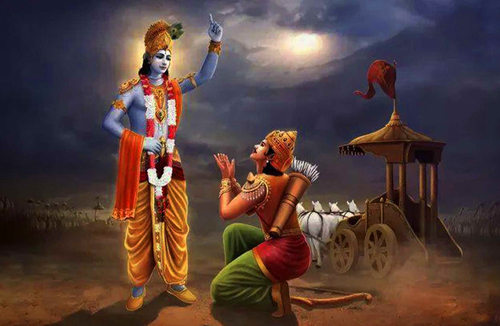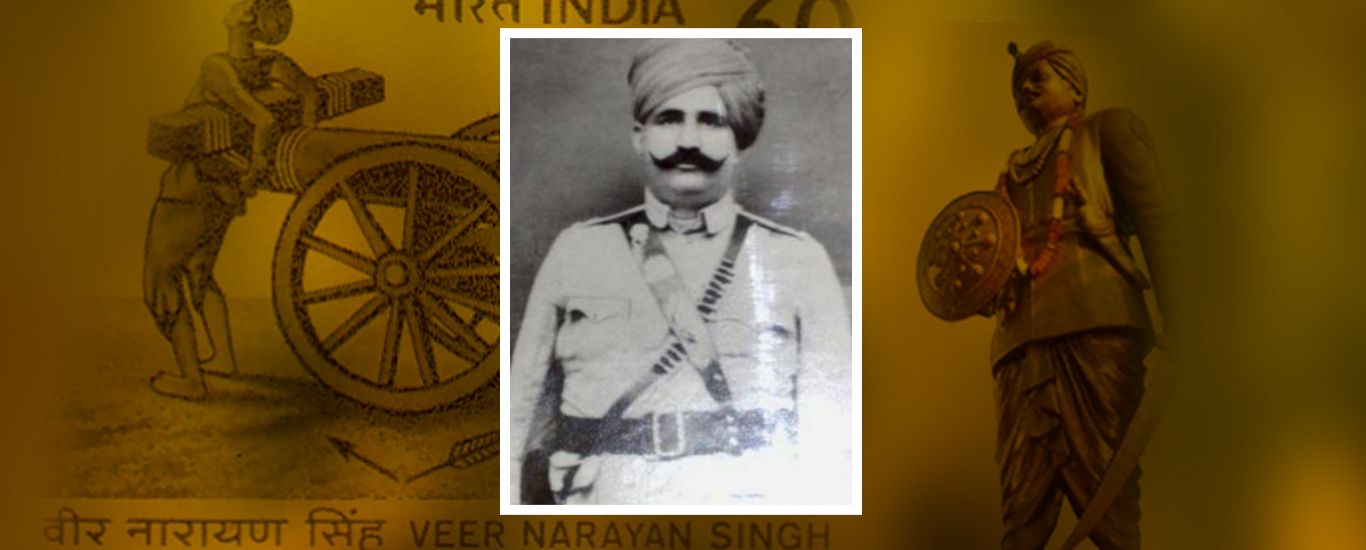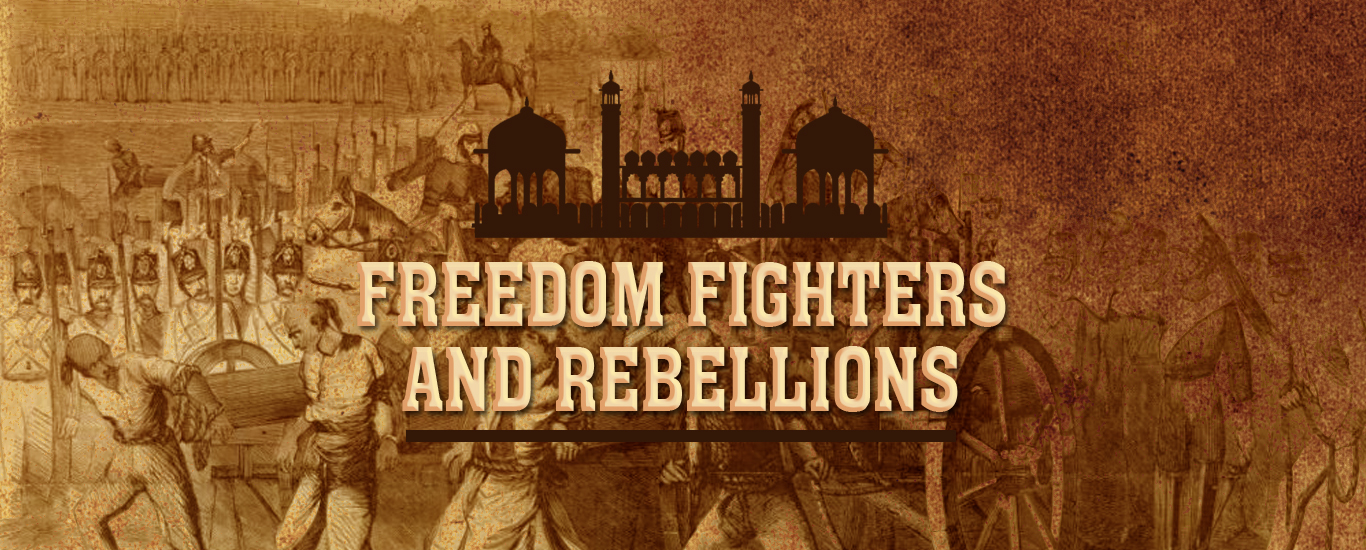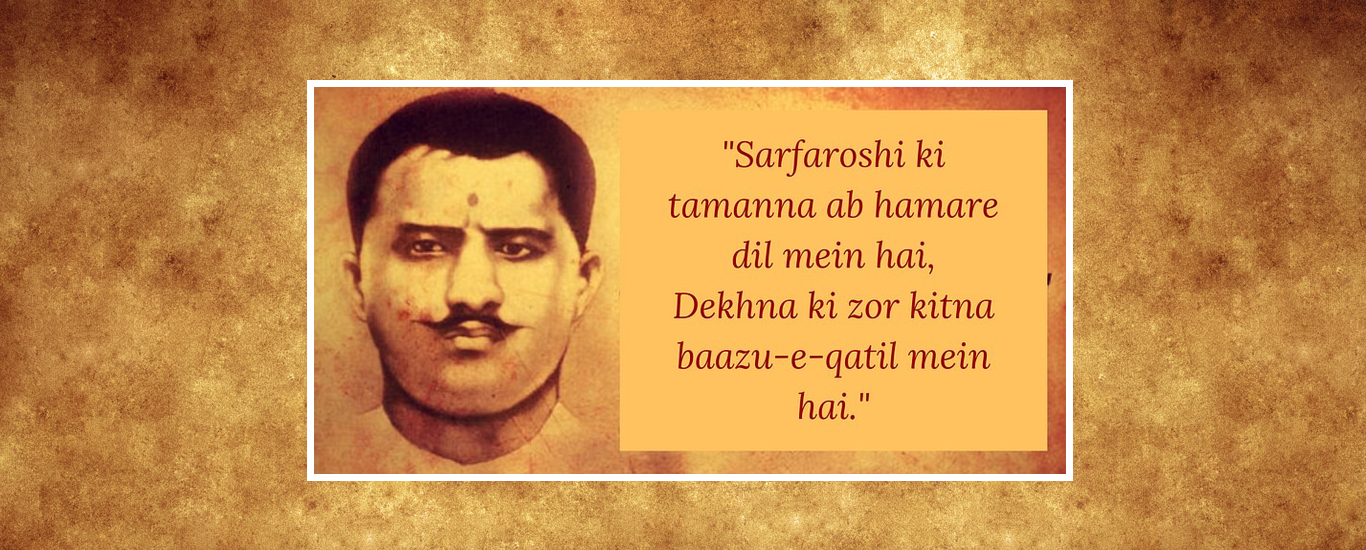Chapekar Brothers :The Story of Patriotic and Brave Indian Brothers
This is the story of three brothers who were to be the heroes of the freedom struggle but were not recognized well.
The Chapekar brothers are Chitpavan Brahmins hailing from Konkan. The family approached Desh country and stayed at Chinchwad near Poona. Damodar, Balkrishna and Wasudeo, all three brothers were born in 1870, 1873 and 1879 accordingly. Haripant, their father did the priestly work of reciting Kirtans or stories from verse and scriptures at several houses, in Poona and Mumbai.
The three of them did not receive much formal education. They started assisting their father in his Kirtans, learnt reading and writing and as they grew. Their profession appealed to the presentation of the daily Brahmanical rites, and in the general atmosphere of orthodoxy of Poona the brothers grew a powerful conventional boldness, stubborn of the social reform movement.
The deadly Plague reached Pune
It all began in 1896, when the harmful plague came to Pune. At first, it had affected the coastal cities with ports, but owed to its nearness to Mumbai, Pune too had gotten into it. It had become nothing short of a widespread, during the beginning of January 1897
About 0.6% of Pune’s population had surrendered to the disease in just a month. Almost half of the population had to move from the city.
It was when the Colonial government had placed serious measures to control the spread of the plague. It led to the formation of the SPC (Special Plague Committee) and made Walter Charles Rand the commissioner of the committee in Pune.
In June 1897, A New York Times report on the plague in Pune, printed quoted a Presbyterian missionary, who said,
“Two kinds of the disease, and both deadly—Natives dying by Hundreds of Hunger—Overseers stealing the supplies.”
At the very beginning, Rand had given relief like quarantine camps, establishing a hospital in addition to purifying affected areas. Anyhow all these measures were changed. It took the path for more fierce steps that would tear the dignity of the affected families, and burn the fire of anger among the minds like the Chapekar brothers.
The Conspiracy
On 22nd June, 1897, Celebrations for Queen Victoria’s Diamond Jubilee had just come to an end in the Government House (now, the main building of the Savitribai Phule Pune University) in the British occupied Pune (known as Poona at the time). It has already turned around midnight.
The villain of this story, Walter Charles Rand of the Special Plague Committee (SPC) was riding in his horse carriage in Pune. He was trailed by his military escort, Lieutenant Ayerst, who was riding at the back of Rand’s horse carriage.
The two of them were happily going back after the celebrations, to take rest in their quarters. The two officers had no idea that they were galloping towards their death.
The Chapekar brothers were waiting calmly in pitch darkness on the GaneshKhind road (currently the Senapati Bapat Road in Pune) having guns and swords in their hands and raging fire in their minds.
And as Rand’s carriage came, they ran 10 – 15 paces behind it. As the carriage approached the yellow bungalow, Damodar made up the distance, and called out “Gondya ala re”, a preplanned signal for Balkrishna to move on to the execution. The flap of the carriage was untied by Damodar Hari, lifted it and fired from a distance of about a span. It was actually planned that both would shoot at Rand, so as to make sure that it was Rand’s last breath and won’t breathe again.
Though Balkrishna Hari was behind, Rand’s carriage moved on, Balkrishna Hari However, on the suspicion that the people of the following carriage were whispering to each other was fired from behind at the head of one of them. Rand’s military escort, Lieutenant Ayerst, who was riding in the following carriage died straightway. Rand was headed to Sassoon Hospital where he succumbed to his injuries on 3 July 1897.
Soon after the shooting, Damodar was arrested and locked in Yerwada prison. He was sentenced to death. He met Tilak there, who was also arrested and kept in Yerwada and disclosed his wish to be cremated as per the Hindu rituals.
“I’m waiting for death, I know my brothers will be hanged in different places, I have a wish, and can you do it.”
“Tell me”, Tilak replied
“I want the book in your hand Secret Of Bhagavad Gita, and after my death my body should be buried by ordinary people without being touched by Brahmins.” He said.
The heroic Bal Gangadhar Tilak opened the book with his trembling right hand and signed on it.
“Dear Damodaran, for my Chapekar cousin”
Finally that date came.
“Did I hang my brothers or was it my turn first?” Damodar Chapekar asked. The answer was silence by the police.
Without saying his last wishes, he sang aloud from under the gallows for the secret of the Bhagavad Gita in his hand.

“ dehino ‘smin yatha dehe
kaumaram yauvanam jara
tatha dehantara-praptir
dhiras tatra na muhyati ”
(As the embodied soul continually passes, in this body, from boyhood to youth to old age, the soul similarly passes into another body at death. The self-realized soul is not bewildered by such a change and braves no need to worry about this)
“One two Three” The body of Damodar Chapekar was hanged. The tremors of that fall crossed the country and reached Ratnagiri.
This story may not be the most significant in British occupied India, but it portrays the bravery and outburst of revolutionary groups in many parts of the country. Lala Lajpat Rai, a close subordinate of Lokmanya Tilak, apparently wrote, “Chapekar brothers were, in fact, the founders of the revolutionary movement in India.”
Chapekar brothers bravery and the story had great impact on teenaged Savarkar ( Vinayak Damodar Savarkar) and the time when he heard about Chapekar brothers were hanged he told to his brothers “The bravery of chapekar brothers is not going to end, we savarkar brother will revenge for them, Chapekar brother died, Savarkr brothers born”.
After independence the supporters of Akhil Bharatiya Vidyarthi Parishad in Chinchawadgon and relatives of chapekar brothers formed Chapekar Smark Samiti. The samiti reconstructed Chapekar Wada the home where the brothers lived, along with a museum on the revolutionaries and started various social reform activities.



